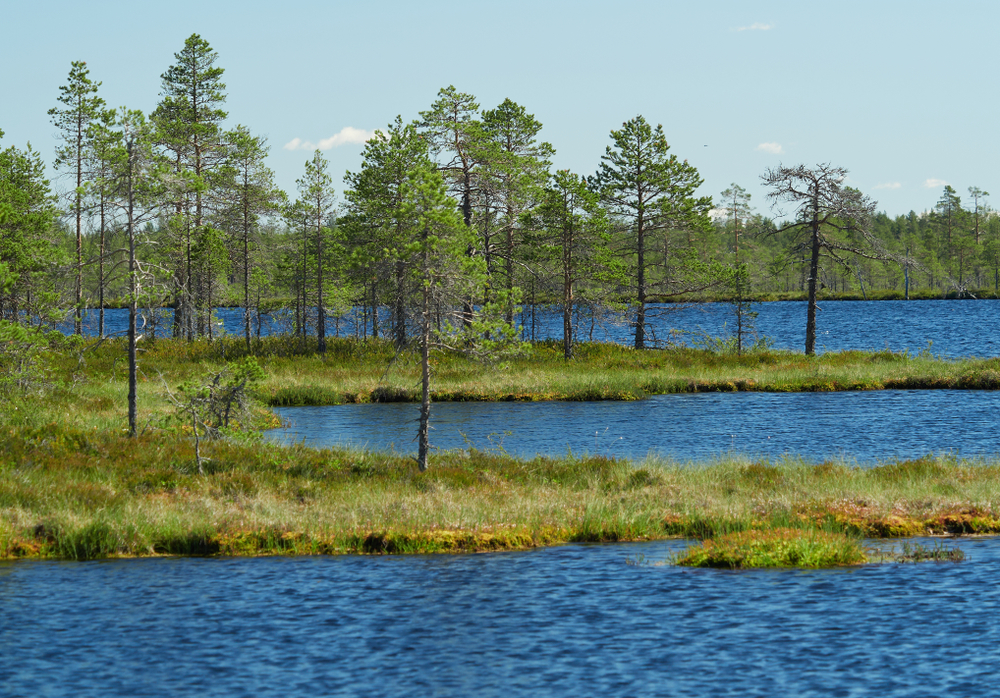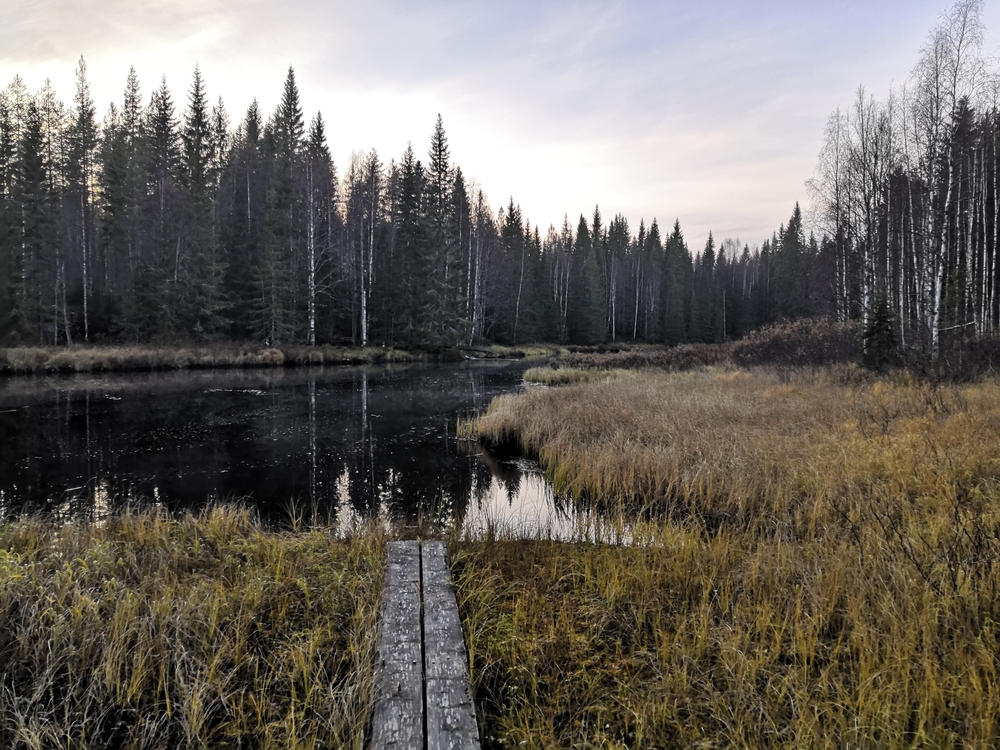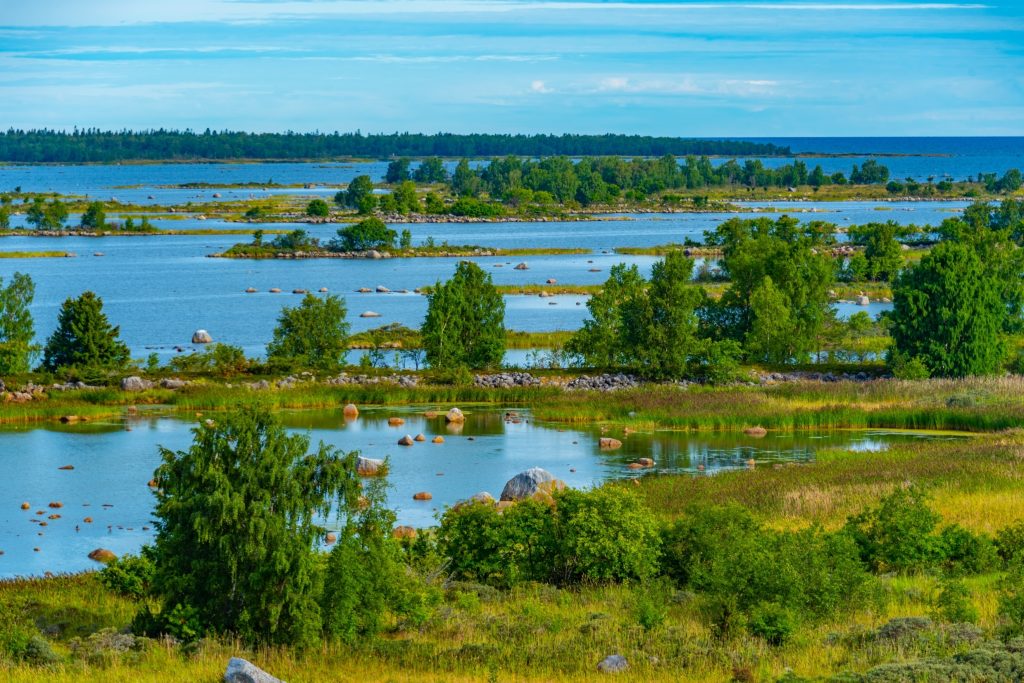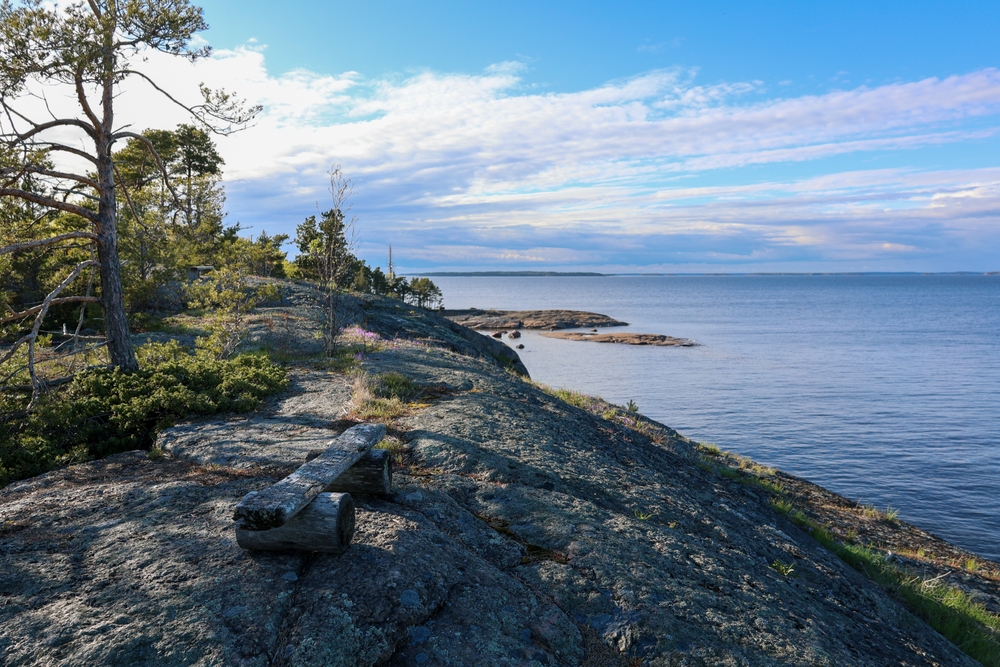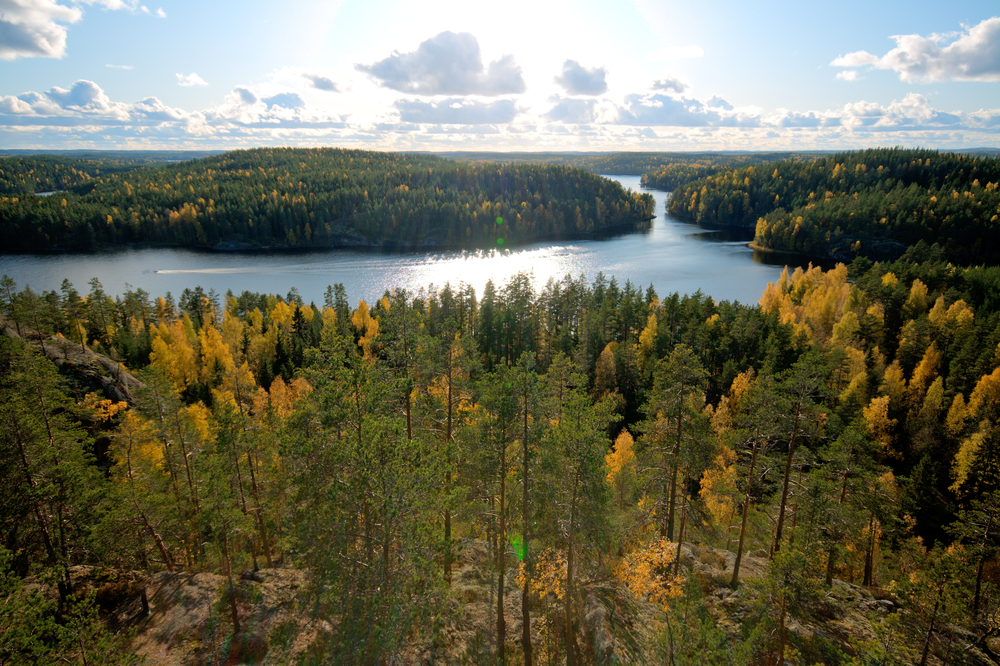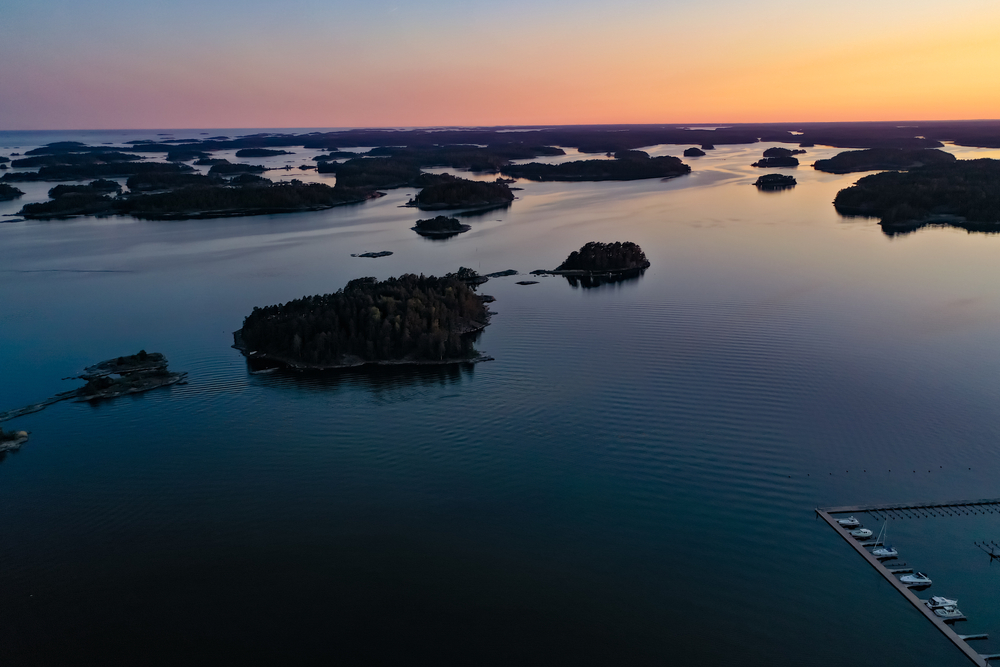Kauhaneva-Pohjankangas Overview
Kauhaneva-Pohjankangas National Park, known in Finnish as Kauhanevan-Pohjankankaan kansallispuisto, is a protected wilderness area located in western Finland, spanning approximately 23 square miles (58 square kilometers).
Established in 1982, this national park is situated in the Satakunta region and is a prime example of Finland’s extensive peatland and boreal forest ecosystems. The park is known for its vast open bogs, dense pine forests, and rugged esker ridges, which were shaped by glacial activity thousands of years ago.
Its landscape is characterized by expansive mires, small lakes, and the winding sandy ridges of Pohjankangas, which add to the park’s unique topography. The terrain of Kauhaneva-Pohjankangas National Park is primarily composed of large raised bogs, interspersed with small islands of forest and heath-covered eskers. Kauhaneva, the largest bog in the park, is one of the most pristine and ecologically significant peatland areas in Finland.
The area is dominated by sphagnum mosses, sedges, and dwarf shrubs, creating a mosaic of textures and colors throughout the seasons. The edges of the mires transition into dry pine forests, which thrive on the sandy soil left behind by retreating glaciers. The esker ridges of Pohjankangas are remnants of ancient riverbeds formed beneath the ice sheets during the last Ice Age, and today, they provide an important habitat for a variety of flora and fauna.
Kauhaneva-Pohjankangas is home to a diverse range of wildlife, particularly bird species that are adapted to wetland and boreal forest habitats. The park is an important breeding ground for numerous waterfowl, including the whooper swan, Finland’s national bird, and the common crane, whose haunting calls echo across the bogs in the early morning mist. Other notable bird species include the golden plover, Eurasian curlew, wood sandpiper, and rough-legged buzzard.
Mammals in the park are more elusive but include moose, roe deer, red foxes, and European badgers. Smaller creatures such as otters and muskrats can sometimes be spotted near the park’s waterways. The mires are also home to a variety of amphibians and insects, including dragonflies that dart across the bogs during the summer months.
One of the highlights of the park is the Kauhaneva Mire, which offers breathtaking panoramic views, especially when viewed from the wooden observation tower. The historic Huovintie trail, an ancient trade and postal route that dates back to the 18th century, runs through the park, allowing visitors to walk in the footsteps of travelers from centuries past.
The park features well-maintained boardwalks, making it accessible even in the wetland areas, while designated rest areas provide spots for picnicking and relaxation. The area is particularly stunning in autumn when the bogs turn deep shades of red and gold.
Visitors to Kauhaneva-Pohjankangas can explore the park through hiking, birdwatching, and nature photography. The well-marked Kauhaneva circular trail, approximately 5 miles (8 km) long, is one of the best ways to experience the diversity of the park’s landscapes.
During winter, cross-country skiing and snowshoeing offer a completely different perspective of the park, with frozen mires and snow-covered pines creating a serene winter wonderland.
Like many Finnish national parks, Kauhaneva-Pohjankangas faces conservation challenges due to peatland drainage and the encroachment of commercial forestry in surrounding areas. However, efforts have been made to restore natural hydrology by blocking old drainage ditches, allowing the bogs to retain more water and recover their natural ecological functions.
The park’s status as a Natura 2000 site, a European Union designation for critical habitats, ensures ongoing protection and management of its sensitive ecosystems. Conservation efforts also focus on monitoring bird populations and preserving the delicate balance of the mire ecosystem, making Kauhaneva-Pohjankangas a vital refuge for Finland’s peatland biodiversity.








































































